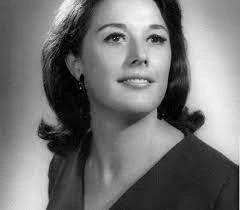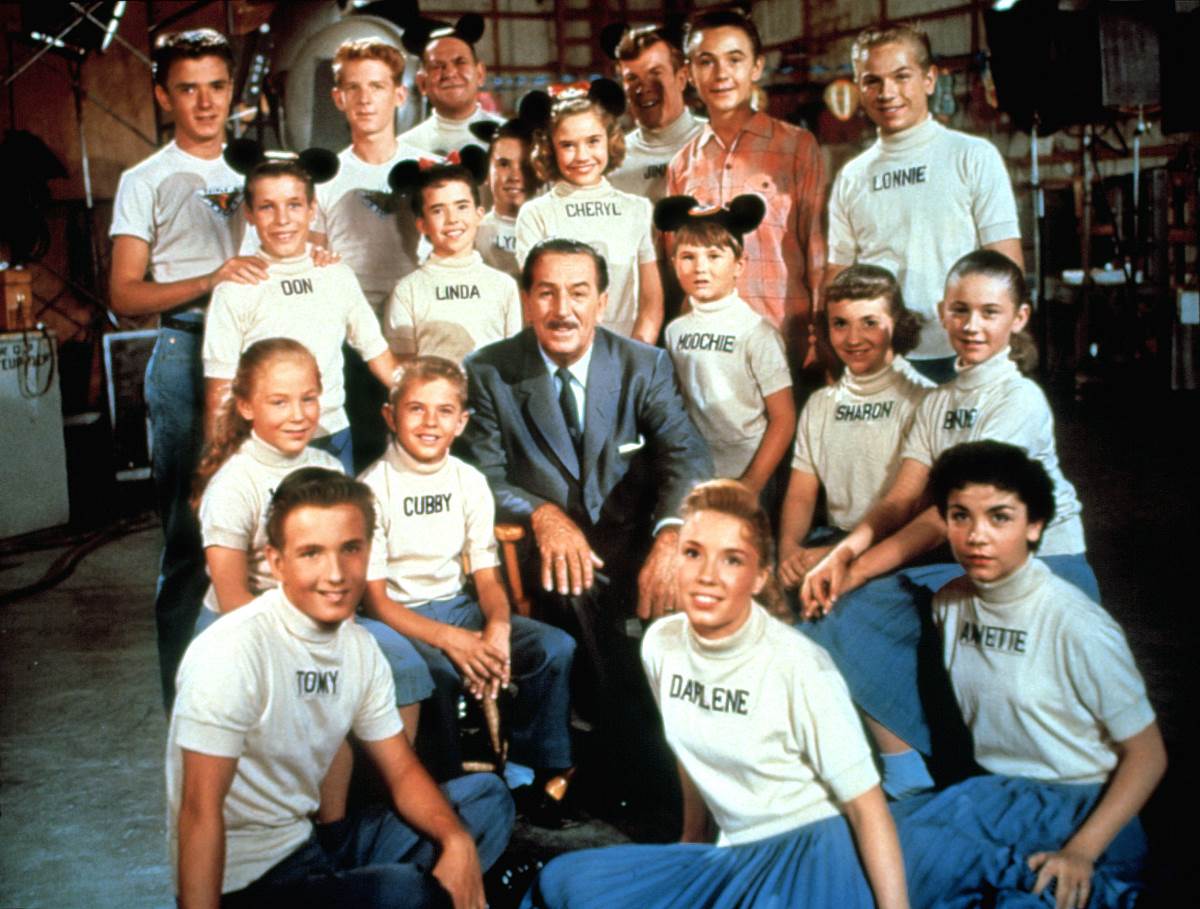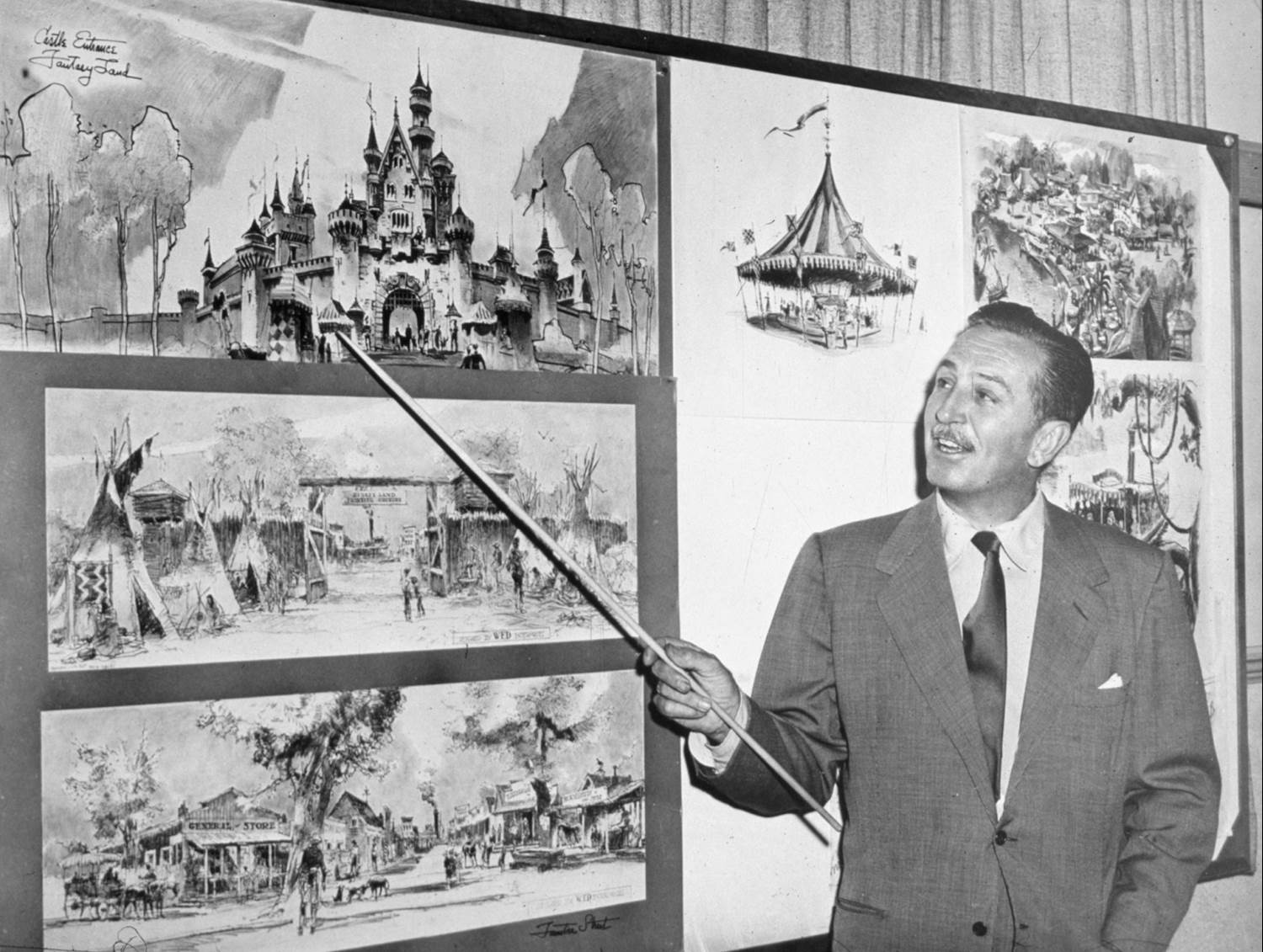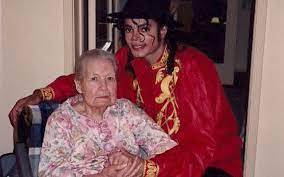The Walt Disney Company is chock full of inspiring people and celebrated experiences. With over 300 officially named Disney Legends, it’s pretty easy to point to success stories all throughout the company’s history.
But sometimes, hidden in the shadows, are some of the unsung gems that truly helped shape the history of the Walt Disney Company. These individuals may never have made front-page news. Their names aren’t inscribed on a plaque, memorialized on a statue, or painted on a window. Nonetheless, they grew to understand their value, and were proud to support Walt Disney and his forward-thinking ambitions.
Hazel George – a Disney Studio nurse and part-time songwriter and lyricist – is one of those contributors. Hazel may not be a Disney Legend, but let’s take a few words here to recognize the silent but ever so valuable contributions of this unsung Disney hero.
The Copper Miner’s Daughter
Hazel Gilman was born February 21, 1904 in the southwest mining town of Bisbee, Arizona. The daughter of a copper miner, Hazel was a witness to the Bisbee Evacuation of 1917. This unconscionable event saw the illegal detention and deportation of over 1,200 mine workers from their jobs in Bisbee to Columbus, New Mexico – some 200 miles away.
This harrowing experience caused Hazel to grow up quickly. Once out of high school, she attended UCLA and in 1928 she earned a degree in psychiatric nursing. That same year, she married Emerald George, and the couple later moved to Los Angeles.
The Disney Studio Nurse
In 1940, Hazel was hired by the Disney Studio as a shared resource for the entire staff. Among the studio workers she treated was Walt Disney himself. Walt had sustained a neck injury in 1938, when he fell from a horse while playing polo. It was an injury that would plague Walt for the rest of his life. Walt found value and comfort in Hazel’s treatments, so much so that he made her his personal nurse and therapist. Most afternoons, around 5:00, Hazel would visit Walt’s office suite for treatment time.
Treatments consisted of hot packs and intermittent traction. In order to perform her treatments properly, Walt had to lay face down. Walt, who liked to indulge in the comforts of life, initially declined Hazel’s form of treatment because he couldn’t sip his Scotch mist at the same time. Hazel dryly retorted “I’ll give you a straw.” On with the treatments.
Walt grew to value the regular care he received from Hazel. He began to refer to the room next to his office, where he received his treatments, as his ‘Laughing Place’ (a reference to Disney’s 1946 film Song of the South).
Walt would exchange gossip with Hazel, confide in her on some of the daily challenges he faced, and let her in on some of his plans. On her end, Hazel was a great listener for Walt, and she would occasionally offer thoughts, comments, and counterpoints to his ambitions.
The Tuneful Therapist
Image: Disney
Being a personal nurse didn’t require full-time attention, and Hazel was quite talented with the musical pen. When Walt launched The Mickey Mouse Club in 1955, he invited Hazel to help write songs for the show. She wrote or co-wrote more than 90 songs for the series. Using the pseudonym “H. Gil George", she held her own working alongside musical talents like Paul Smith, George Bruns, and Jimmie Dodd, just to name a few. In addition to The Mickey Mouse Club, Hazel also contributed to songs for other Disney live-action television shows and films such as Old Yeller, Zorro, Pollyanna, and others.
A Deepening Friendship
The friendship between Hazel and Walt grew to the point where Hazel could offer suggestions, and even criticisms, to Walt. When Walt proudly told Hazel some of the gifts he was giving to his daughters, Hazel suggested he was being a bit too generous, stating “You’re depriving Diane and Sharon by making life too easy for them.” She continued “There will be no challenges for them if you give them everything.” Walt’s verbal response was “Girls are different,” but the lack of a further retort from Walt likely meant he heard her message loud and clear.
Hazel was blessed with a certain amount of wit – at least, enough to keep up with Walt. Once, when Walt was in a playful and introspective mood, he declared to Hazel “You know, I finally know who I am.” Intrigued, Hazel took the bait and asked “Who are you?”
Walt replied “I’m the last of the benevolent monarchs.”
Hazel thought for a moment and replied “Now I know who I am.”
When Walt asked who that might be, she responded “The last of the court jesters.”
Walt Disney’s accomplishments across so many disciplines of entertainment became the stuff of legend – even in his own time. This was not lost on his family. He loved to tell Hazel, among others, the story of how his grandkids were smitten by his successes and abilities. When he and Lillian were babysitting the kids during a particularly stormy night, the kids grew frightened of a violent storm. After an excessively loud bang of thunder, they pleaded to Walt “Turn it off, Grandpa!” When he related this story to Hazel, the spunky nurse replied “And did you?” Walt raised his famous eyebrow and retorted “You know what my next project is going to be? An Audio-Animatronic nurse.”
The Disneyland Backers and Boosters
In 1952, Walt first proposed the idea for “Mickey Mouse Park,” which would be a modest project built in Burbank right near the Disney Studio. When Walt’s ambitions for his park outgrew the size, scope, and budget the studio could afford, his brother Roy raised a red flag. Roy warned Walt that the company was in significant debt, and doubted they could get a loan for additional funds to build an amusement park, which Walt was now calling Disneyland. Walt decided to inquire with one of his closest confidantes – Hazel George – for her opinion on the matter. He asked Hazel “If I were to go outside to finance Disneyland, would you contribute?”
Hazel answered immediately “You bet I would!”
Image: Disney
Encouraged by her enthusiasm, Walt tasked Hazel with canvassing the studio staff, to see how much additional interest there was in his park. To Walt’s delight, and Roy’s surprise, there was plenty of interest – enough to even form a support organization called the “Backers and the Boosters.” When Roy heard that employees believed enough in the idea to lend their own money, he realized Walt was onto something special, and grew to become one of the biggest champions of Walt’s park.
Hazel George had helped Walt form a groundswell of support which paved the way to “The Happiest Place on Earth.”
A Caring Companion
By the early 1960s, as Walt turned sixty, he grew to depend on Hazel’s nursing treatments more and more. His neck pain had grown worse than ever, and he was also fighting constant sinus infections brought on by a lifetime of smoking. Hazel retired from songwriting to free up more time to care for Walt. She, among many others, often urged Walt to give up smoking, but he was stubborn with this particular vice, and just would not give up his cigarettes.
In 1966, Walt agreed to a doctor visit to address his neck injury. That visit led to the discovery of lung cancer. Walt’s health quickly declined, though he did his best to stay on top of his projects and initiatives, one of which was the Disney World project in Florida. On what would be Walt’s last round of goodbyes at the Disney Studio, he wanted to end the day on his terms. He sent for Hazel, who came in for another treatment. Walt noticed Hazel studying him closely, as his appearance had grown sickly in the recent weeks. He broke the ice, stating “Well, here we are in the ‘Laughing Place’.” He continued by starting “There’s something I want to tell you…” but Walt never finished his statement. Walt and Hazel – two longtime friends – wept and embraced. It would be the last time they saw each other.
Life After Walt
In her later years, Hazel George would come to befriend musician and entertainer Michael Jackson. The King of Pop was introduced to Hazel by Bob Thomas – author of perhaps the most universally renowned biography of Walt Disney, titled Walt Disney: an American Original. Jackson – eternally a child at heart – had an interest in the life and career of Walt Disney, and on multiple occasions he requested a meeting with Thomas to inquire about some of Walt’s stories and experiences. A reference to Hazel George had piqued Jackson’s interest. At Jackson’s request, Thomas introduced him to Hazel. Jackson would continue to visit Hazel on and off for about ten years, and he would regularly send her flowers and bring classical music as a gift.
Image: Mike Sekulic
As an underscore to Hazel’s importance in Walt’s life, Walt’s daughter Diane Disney Miller also visited her on a regular basis.
In her final years, Hazel was cared for by nurse-companion Olga Sekulic and nephew Richard Gilman. She died in Burbank, California, on March 12, 1996 at the age of 92.
While Hazel George would outlive Walt by almost thirty years, she will always be remembered by those who have studied the history of Walt Disney as a trusted confidante and a compassionate friend to perhaps the greatest entertainer the world has ever known.
Thanks for taking the time to appreciate one of Disney’s most underappreciated heroes. If you enjoyed this deep dive into Walt Disney history, look for other similar stories in our Disney Legends spotlight collection.
Find Laughing Place on social at: Instagram X
Sources:





